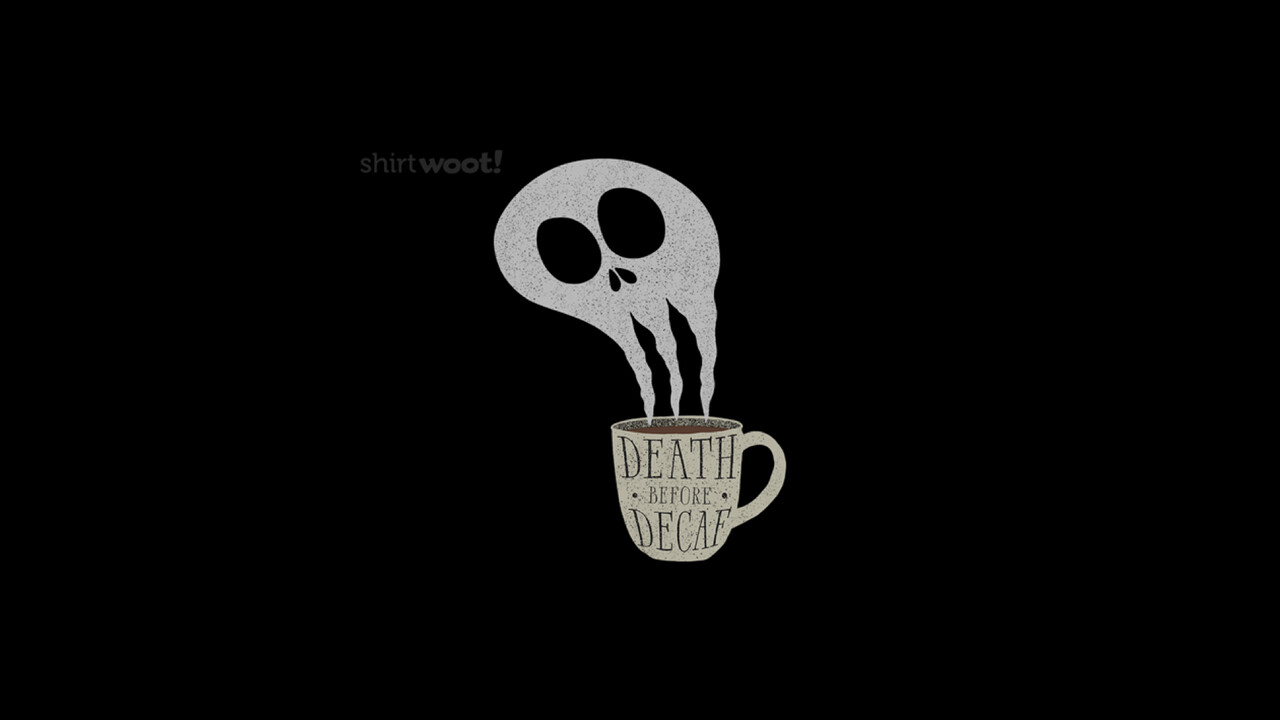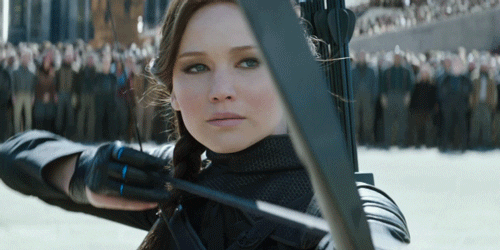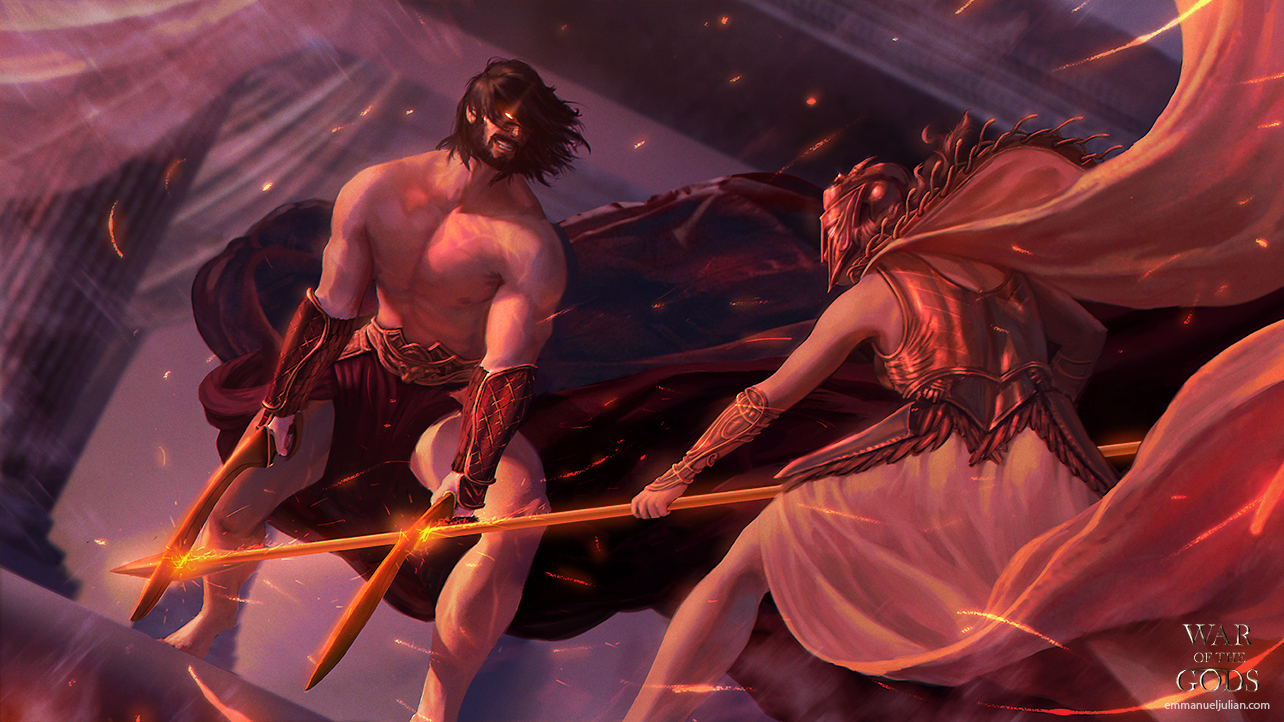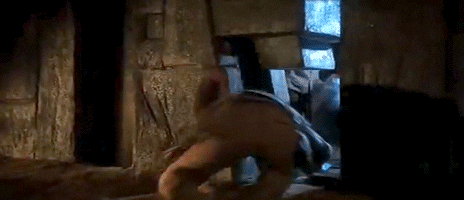Like the monkey holding the fruit, many of us cling to the past with clenched fists. We clutch to painful memories, we hold grudges, and we harbour what-ifs. We defend successes, mental models and the personas we have worked hard to develop. When we dwell on the past, we use up valuable energy that we could use to create our future.
Posted 3 years ago Tagged Aidan McCullen Business Corporate Culture Disruption Entrepreneurship Innovation Leadership Stealing From The Future: Decaffeinate Your Strategy Strategy Transformation
Stealing From The Future: Decaffeinate Your Strategy. Business Leaders steal from their future the same way coffee robs from our sleep.
Posted 3 years ago Tagged Aidan McCullen Business Corporate Culture Disruption Innovation Leadership Transformation
Have you ever reported a “win” to a boss and they were visibly disgusted? You probably broke one of the laws outlined by Robert Greene in “The 48 Laws of Power”, you never outshine your boss!
Posted 3 years ago Tagged Aidan McCullen Business Corporate Culture Disruption Diversity Innovation Leadership Transformation
“genetics loads the gun but the environment pulls the trigger”. This term highlights the complex relationship between human disease and the environment. In a similar vein, in organisations, an imbalance of androgens loads the gun and the business environment pulls the trigger.
Posted 3 years ago Tagged Clayton Christensen Fire Ready Aim Ready Ready Aim Stanley McChrystal
The problem of Ready, Ready, Ready, Aim, Aim is exasperated by the characteristics of disruptive technologies. Such innovations enable new markets, so how can you possibly aim when there is nothing to aim at?
Posted 3 years ago Tagged
Yinnovation psychologically androgyny Female Innovation Ying and Yang
Posted 3 years ago Tagged
Well-fed horses Don’t Rampage – Plugging The Education Gap.
Posted 3 years ago Tagged Organisations
Organisations, like individuals, need a forest fire every so often, otherwise the deadwood piles up and latent potential remains trapped. When we burn off the deadwood in the form of legacy products, dying business (and mental) models and employee turnover, we create space for new growth and the saplings of change. In today’s business world of rapid change, we need to be in charge of the forest fire and control the burn before it runs amok.
Posted 3 years ago Tagged Aidan McCullen Change Management by Changing THE Management: Organizational Self-Binding Corporate Culture Innovation Transformation
To restrain long-term employees from falling back into their old habits. Even when long-term employees have the willpower, their old habits die hard. It is a tough dilemma for leaders, the tradeoff between retraining and replacing. Either way, there is a lot of pain, both are possible.
Posted 3 years ago Tagged Aidan McCullen Corporate Culture crab mentality crab theory crabs in a barrel DEI Diversity Leadership Neurodiversity Transformation
The “crabs in a barrel” or “crab theory” is a metaphor to describe the tendency of whenever someone gets ahead, others from their community try to pull them right back down again.









